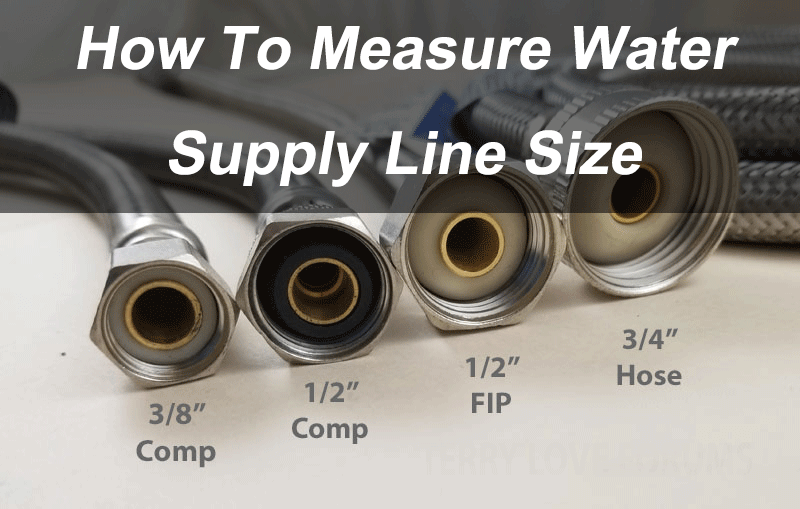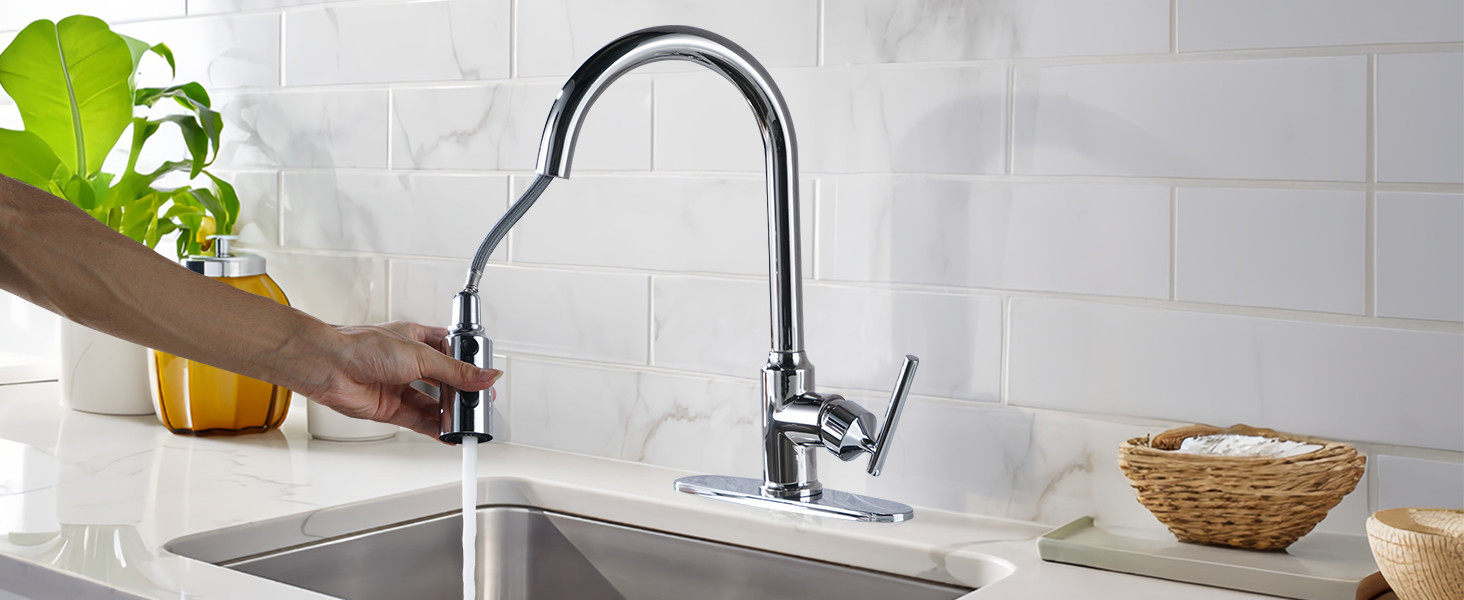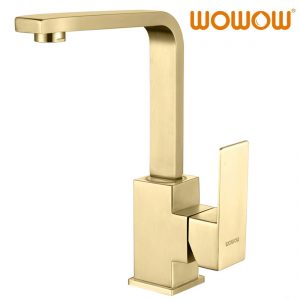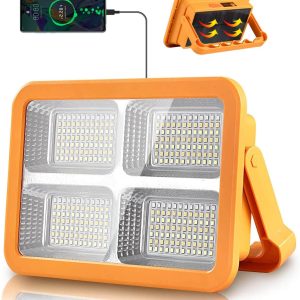
Accurate measurement of water supply line size is crucial for any plumbing project, whether you’re installing new pipes, replacing old ones, or simply making modifications. Understanding how to measure water supply line size is fundamental for ensuring proper water flow, preventing leaks, and maintaining the efficiency of your plumbing system. In this guide, we will walk you through the steps to accurately measure water supply line size, the tools you’ll need, and the importance of getting it right.
Tools You’ll Need
Before you begin, gather the following tools to make the measuring process smoother and more precise:
- Tape Measure: A reliable tape measure is essential for accurately measuring the diameter of your water supply lines.
- Calipers: Calipers are useful for measuring small pipes or for confirming the accuracy of your tape measure.
- Pipe Wrench: You might need a pipe wrench to remove fittings or joints temporarily for better access to the pipes.
- Paper and Pen: Keep these on hand to jot down measurements and notes for reference.
- Safety Gear: Depending on your plumbing setup, you might need gloves, safety goggles, and other protective gear.
How to Measure Water Supply Line Size
- Turn Off the Water Supply: Before you start measuring, ensure that the water supply to the area you’re working in is completely shut off. This prevents any accidental leaks or water flow that could disrupt your measurements.
- Clean the Pipes: Make sure the pipes are clean and clear of any debris or sediment. This ensures accurate measurements and prevents any blockages that might affect the water flow.
- Identify the Pipe Material: Different pipe materials have different outer diameters even if they are labeled with the same nominal size. For instance, copper, PVC, and PEX pipes have different dimensions. Knowing the material will help you choose the right sizing standard to follow.
- Measure Outer Diameter: Use your tape measure or calipers to measure the outer diameter of the pipe. If the pipe is circular, measure across the widest point. For non-circular pipes, measure across the longest and widest points.
- Nominal vs. Actual Size: Keep in mind that pipes are often referred to by their nominal sizes, which can be different from their actual outer diameters. Nominal size is a standardized term used in the plumbing industry, but actual outer diameter may vary.
- Determine Sizing Standard: Depending on the material, pipes are measured using different sizing standards. For example, copper pipes are measured using the nominal size based on the inner diameter, while PVC pipes are measured based on the outer diameter. Understanding the correct sizing standard is crucial for selecting the right fittings and connectors.
- Measure Inner Diameter: In some cases, you might need to measure the inner diameter of a pipe, especially when selecting fittings or determining water flow rates. For pipes with visible threads, you can measure from the inner edge of one thread to the inner edge of the opposite thread.
- Check Manufacturer’s Information: If you’re unsure about the measurements or sizing standards, check the manufacturer’s documentation or the pipe’s packaging for relevant information. Manufacturers often provide clear specifications to help you choose the right fittings and connectors.
Importance of Accurate Measurements
Accurate measurement of water supply line size is crucial for several reasons:
- Water Flow: Incorrectly sized pipes can result in poor water flow. Undersized pipes might not provide enough water volume, while oversized pipes can lead to reduced water pressure.
- Leak Prevention: Properly sized pipes with appropriate fittings reduce the risk of leaks and water wastage.
- Efficiency: Accurate sizing ensures that your plumbing system operates efficiently, optimizing water usage and reducing energy costs.
- Compatibility: When replacing or adding components to your plumbing system, accurate measurements guarantee that new fittings and connectors will fit properly.
Conclusion
Mastering the art of measuring water supply line size is an essential skill for any DIY enthusiast or homeowner. Accurate measurements ensure the efficiency, functionality, and longevity of your plumbing system. By following the steps outlined in this guide and using the right tools, you can confidently measure water supply line size, choose the appropriate fittings, and carry out plumbing projects with success. Remember, when in doubt, consult with professionals to ensure your measurements are accurate and your plumbing endeavors are a resounding success.
 WOWOW Faucets
WOWOW Faucets







您好!Please sign in